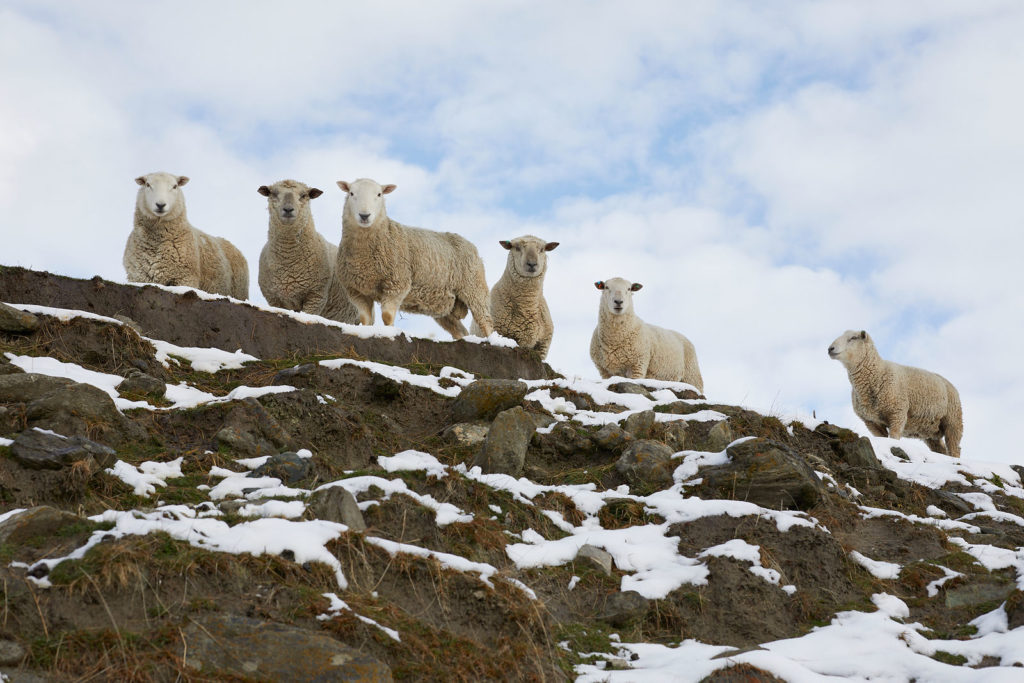Uncategorized
Why we should care more about wool
I find it intriguing that, in a world where we are so keen on being more environmentally friendly and sustainable, the industry for one of the most sustainable, durable and biodegradable materials is in dire straits, and at an all-time low.
I’m talking about wool. Strong wool – produced by the majority of New Zealand sheep breeds – can be used in clothing, carpets, curtains and insulation, not to mention furniture, bedding, weed mat, fertiliser and more. It has a higher micron count than merino wool, so it is thicker and stronger; merino is finer and softer, which is why it’s ideal for clothes worn close to the skin.

We run about 2000 Perendale ewes on our mixed cropping and sheep farm in Central Otago. We reduced the stock numbers significantly when we came here, to give the land a rest but also because there is so little demand for wool these days.
That’s the sad, and ironic, thing. There’s so little demand for wool that we literally have tonnes of it sitting in our shed in bales. It must be an education and awareness thing, because if everyone was actually serious about wanting to be more sustainable, do you think as many of us would be wearing (synthetic, petroleum-based) acrylic jumpers and polar fleece, or that we’d put synthetic insulation and carpets in our homes?
Imagine how much plastic (and toxic chemical) waste that generates.
In the United States, 7 per cent of non-compostable waste that is landfilled comes from synthetic carpets and rugs alone. With clothing and textiles, synthetic fabrics leach micro-plastics into our waterways every time they’re washed. That’s something to be scared about.
Of course, cost has a lot to do with it. Wool clothing, carpet and insulation costs more. But not in the long run. And not at a cost to our landfills. The strength and resilience of wool, being flame-resistant and water-repellent, means it lasts a longer time, reducing the need for fast-fashion replacements. And unlike synthetic materials, it doesn’t melt if burnt nor release toxic chemicals.
I would be stoked if more interior companies promoted wool carpet and insulation as the more natural, sustainable option for people building new homes, because synthetic options are essentially plastic. The average (synthetic) carpeted area of a Kiwi home is, by weight, the equivalent of 22,000 plastic bags. Good on Bremworth for taking a stance and stopping the manufacture of all synthetic carpet.
However, to really make significant change, I think the Government should get onboard to support this industry. If every new home used wool carpet and insulation, imagine how much synthetic, non-biodegradable waste would be saved from landfill.
Wool grows, year after year, with no chemical inputs. Sheep are a pretty low-maintenance animal. In fact, the less human intervention there is in their lives, the better. Apart from shearing our ewes once or twice a year, we pretty much leave them to it. They’re the ultimate free-range animal.
A lot of people don’t realise that you need to shear sheep for their health and comfort. You actually lose money when it comes to shearing. It costs more to do that than what you get from the wool, but it’s an essential part of animal welfare, so we need to do it. Sheep don’t shed their coats, so if they’re not shorn the excess wool causes discomfort, overheating and the possibility of being cast (when they cannot get up due to the weight of their coats). Shearing also avoids the possibility of fly strike and infections.
What do you think about the future of wool? Leave a comment below.
Wool will rot back into the ground (which is what you want to happen with everything you use), and it’s amazing for the soil. I have bits of wool in my compost and the worms love it. I rip up the insulation that comes in My Food Bag and put it in compost. There’s a guy in Cromwell who runs a worm farm, who feeds sheep pelts to tiger worms, which they break them down in no time.
With our own wool, we couldn’t stand just looking at the stacked bales, so when we build our little cottage (for the in-laws), we’ll put in carpet and curtains made from our own wool. We’re also having some of it woven into blankets with Exquisite Wool Blankets, in the colours of Central Otago.

